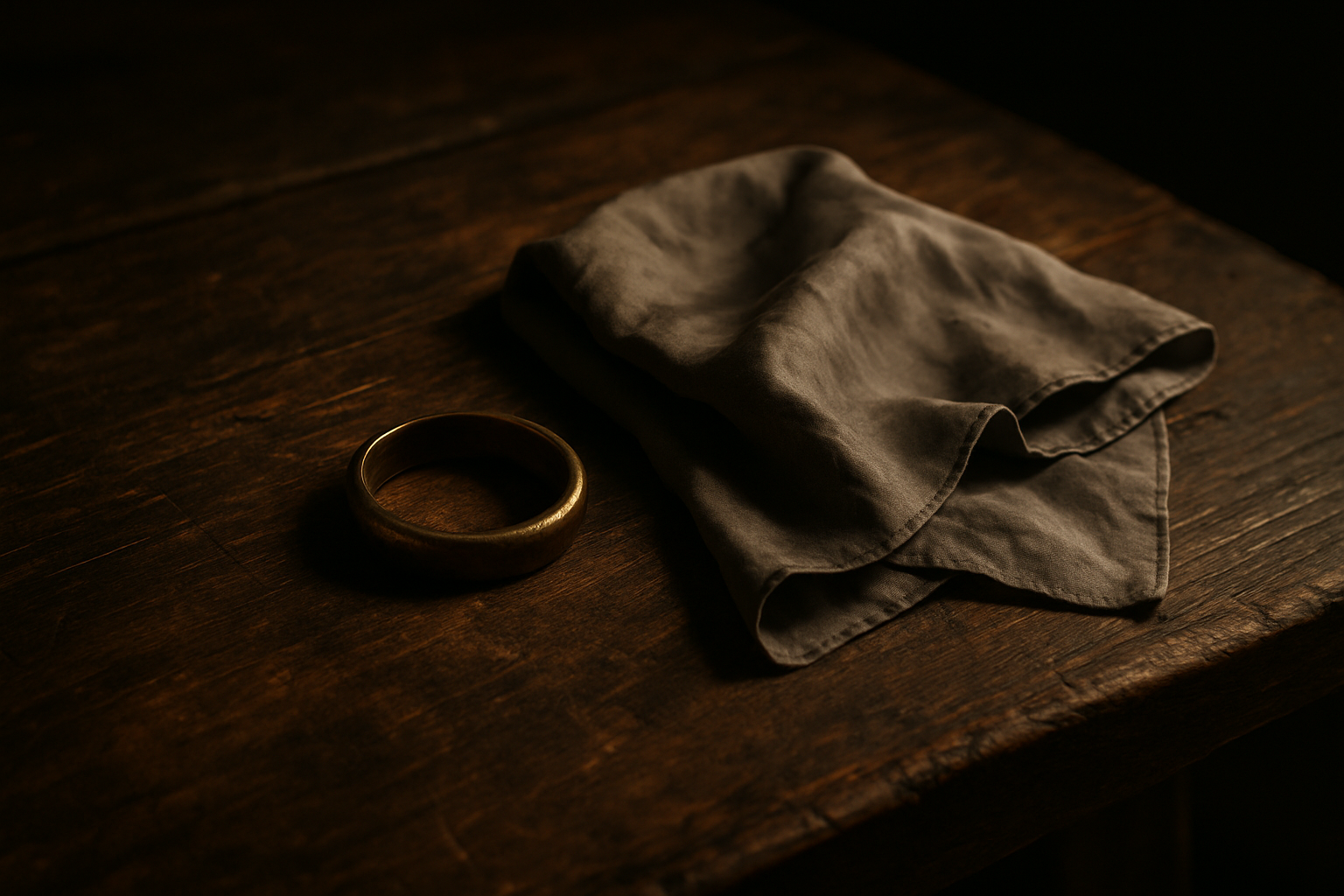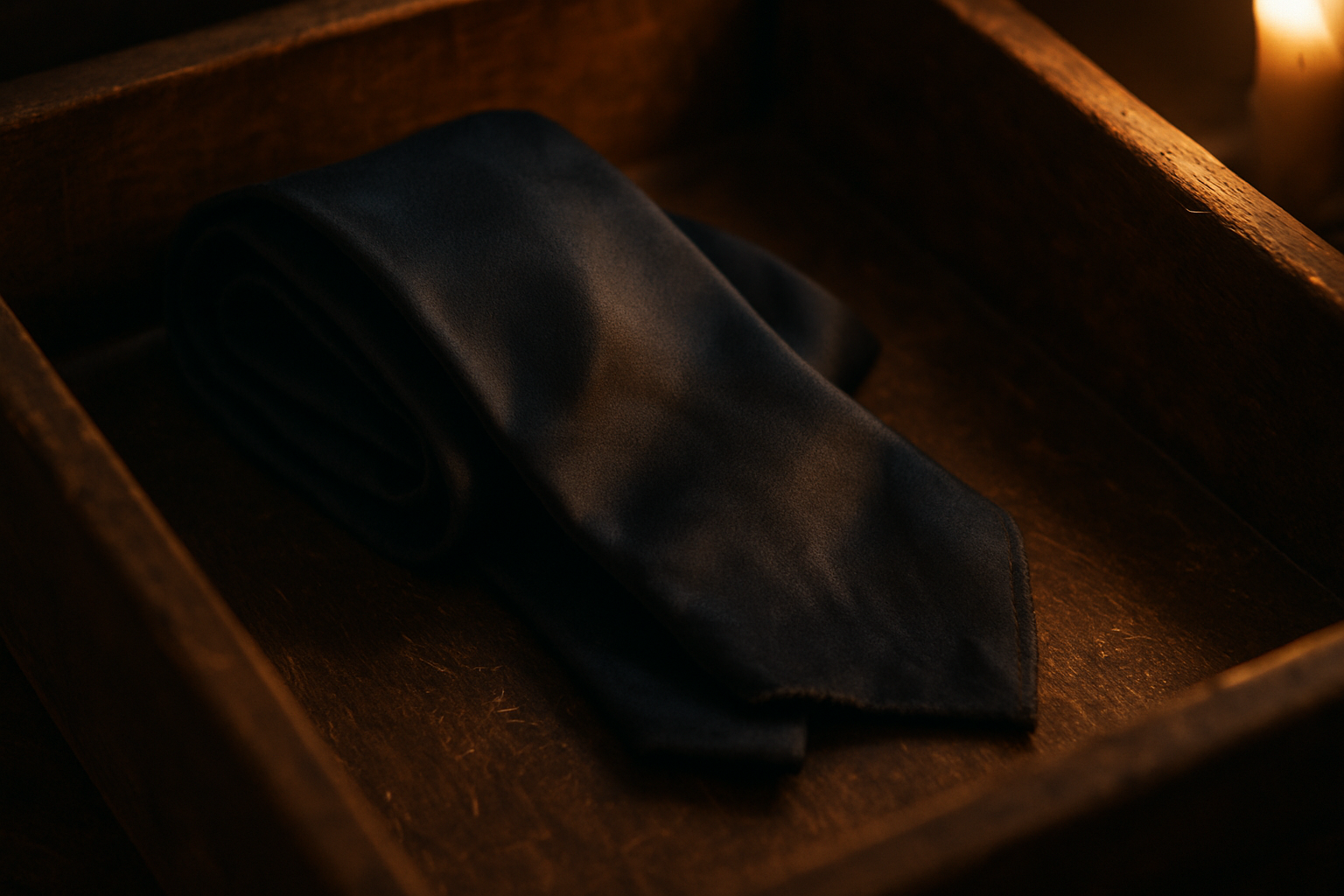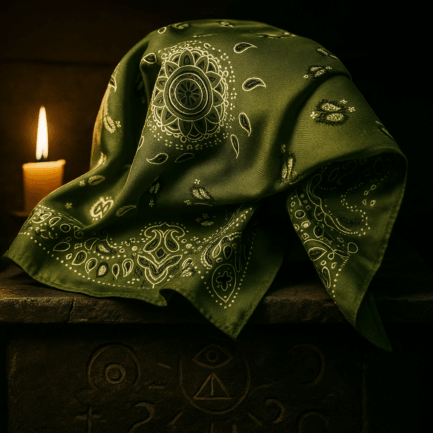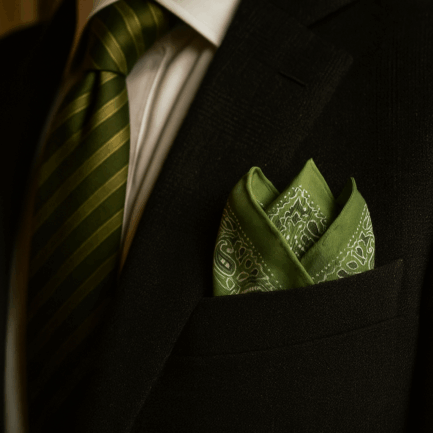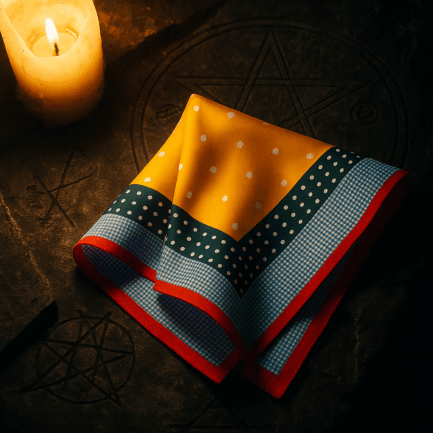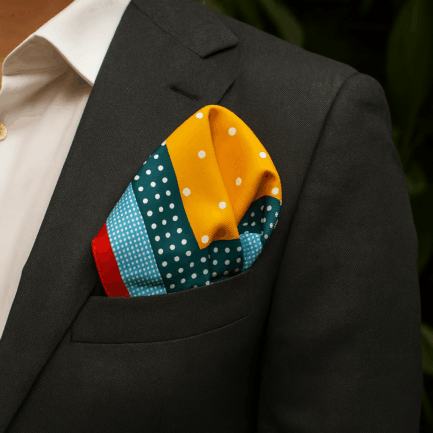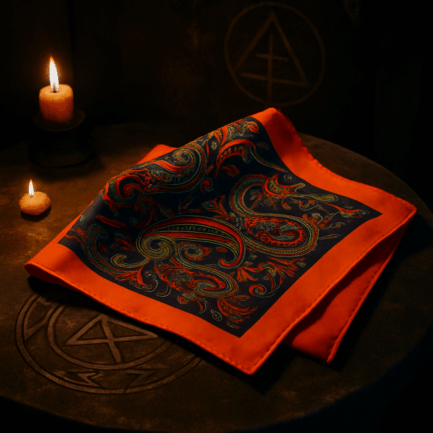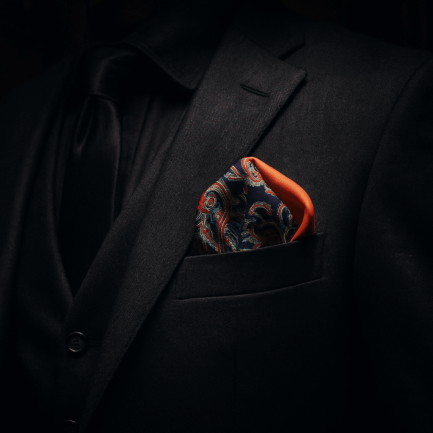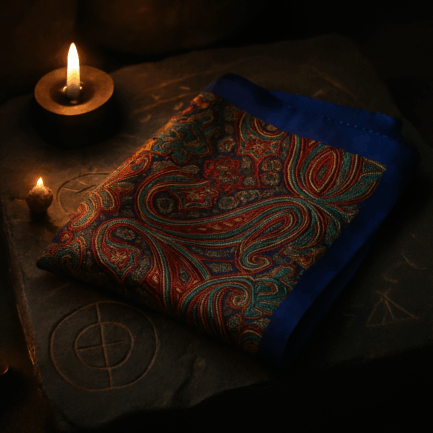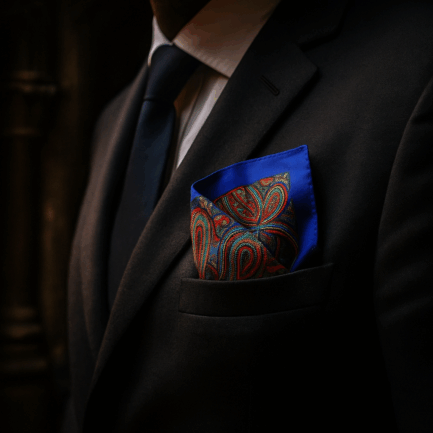We are taught to polish, to perfect, to preserve.
But Wabi-Sabi suggests something else:
that the cracked, the faded, the incomplete; these are the marks of truth.In a world that accelerates toward symmetry and shine, Wabi-Sabi whispers from the edge: there is beauty in the broken.
Not by accident. But by design.
A Philosophy Etched in Dust
Wabi-Sabi is not a style. It is a sensibility.
It is the refusal to separate beauty from time.
Emerging from Zen Buddhism and traditional Japanese aesthetics, Wabi-Sabi rejects the pursuit of flawlessness. It is not concerned with what a thing should be. It honors what a thing is—as it changes, decays, softens.
Wabi: the quiet of simplicity, the beauty of restraint, the serenity of solitude.
Sabi: the patina of age, the dignity of wear, the poignancy of passing.
Together, they form an ethos that reveres authenticity over polish, intimacy over spectacle, and story over shine.
The Trace of Time
In the world of 1984.black, this is not a foreign language.
A scratched brass clasp. A thread pulled gently loose from the edge of a pocket square. A silk tie softened by use, no longer sharp but sure.
These are not defects. They are the archive of use.
Proof that an object has lived—and that it has lived with you.
Wabi-Sabi turns wear into witness.
A ring worn daily will dull in places, but it will carry the shape of your days. A box passed through seasons will mark its corners, but its seal will deepen in silence. What matters is not what remains unchanged, but what survives with grace.
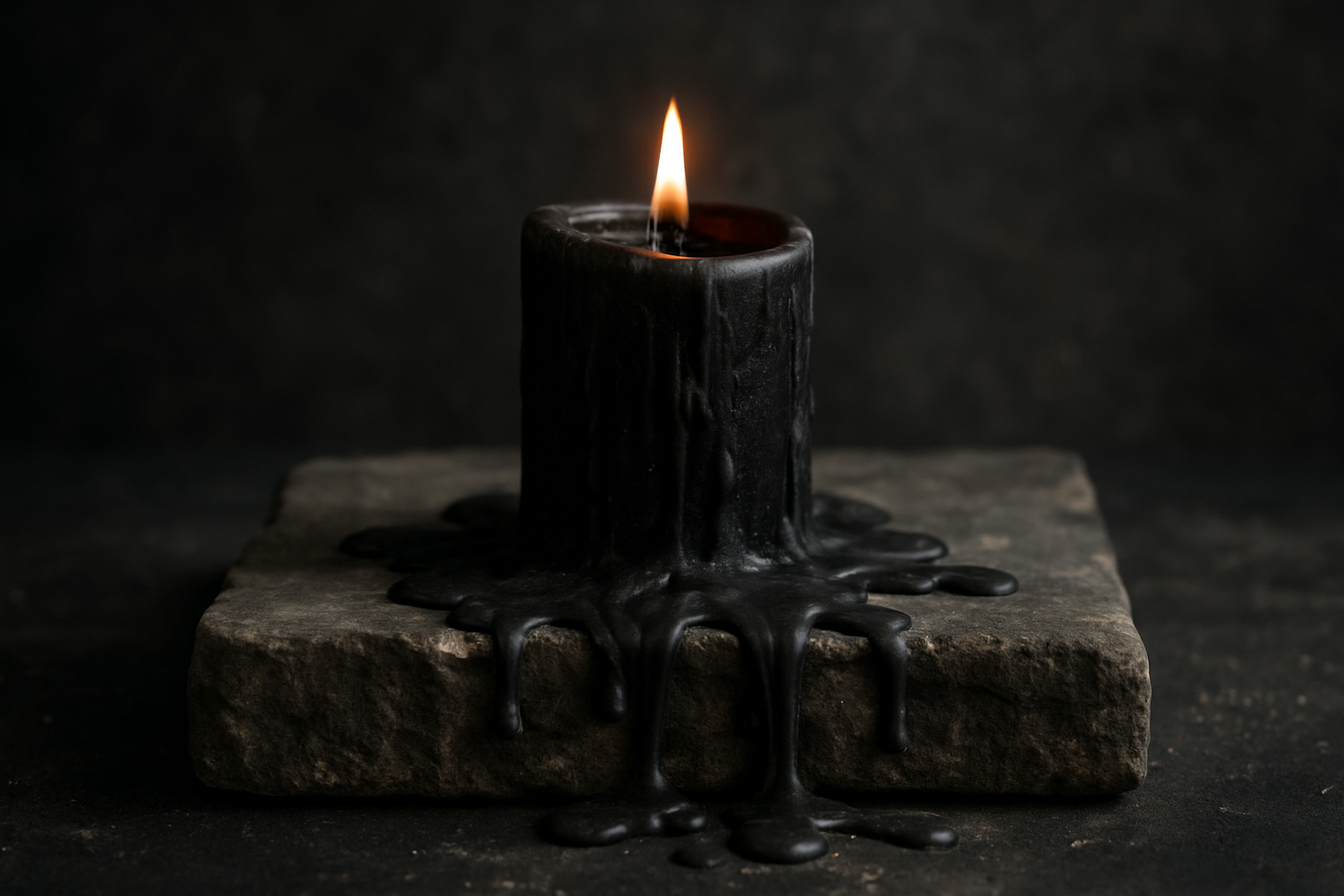
Elegance in the Unfinished
There is no final form. No ultimate version.
Perfection is a static myth, a stillness that resists the rhythm of real life. Wabi-Sabi invites movement—of things, of people, of meaning.
When we let go of perfection, we begin to notice the subtle:
- The uneven grain in wood that catches candlelight just so
- The faded fold in fabric where the hand naturally rests
- The sound an old drawer makes when opened; not smooth, but familiar
These are not aesthetic choices. They are reverent ones.
They show respect for time. For process. For what cannot be replicated.
Against the Gloss
We live in a culture of curation.
Objects are filtered, faces are edited, clothing is steam-pressed into silence.
Wabi-Sabi does not resist beauty; it redefines it. It allows for pauses. For irregularities. For meaning to accumulate like dust in corners we choose not to sweep away.
In fashion, this means a different kind of luxury.
Not the pristine. But the personal.
Not the immaculate. But the irreplaceable.
The Wardrobe as Archive
Your wardrobe is not static. It is a living archive.
The same black tie worn to a funeral and years later to a birth announcement. The same pocket square folded with care by hands now gone. The same lapel pin gifted, lost, then found again at the bottom of a drawer, glinting with quiet insistence.
In Wabi-Sabi, these are not accidents. They are layers. They are depth.
And depth cannot be designed. Only allowed.
Closing Reflection
Your wardrobe is not static. It is a living archive.
The same black tie worn to a funeral and years later to a birth announcement. The same pocket square folded with care by hands now gone. The same lapel pin gifted, lost, then found again at the bottom of a drawer, glinting with quiet insistence.
In Wabi-Sabi, these are not accidents. They are layers. They are depth.
And depth cannot be designed. Only allowed.

